Table of Contents
Introduction to Black Mustard Seeds
Despite the common misnomer "mustard tree seeds," black mustard seeds do not come from a tree. They are actually the seeds of the Brassica juncea plant, a herbaceous crop widely cultivated for culinary and industrial purposes. This guide clarifies the facts about these tiny but powerful seeds, exploring their flavor profile, culinary applications, and how to select the best quality for your kitchen. Black mustard seeds are a staple in Indian, Middle Eastern, and Southeast Asian cuisines, known for their pungent aroma and versatile uses in cooking.
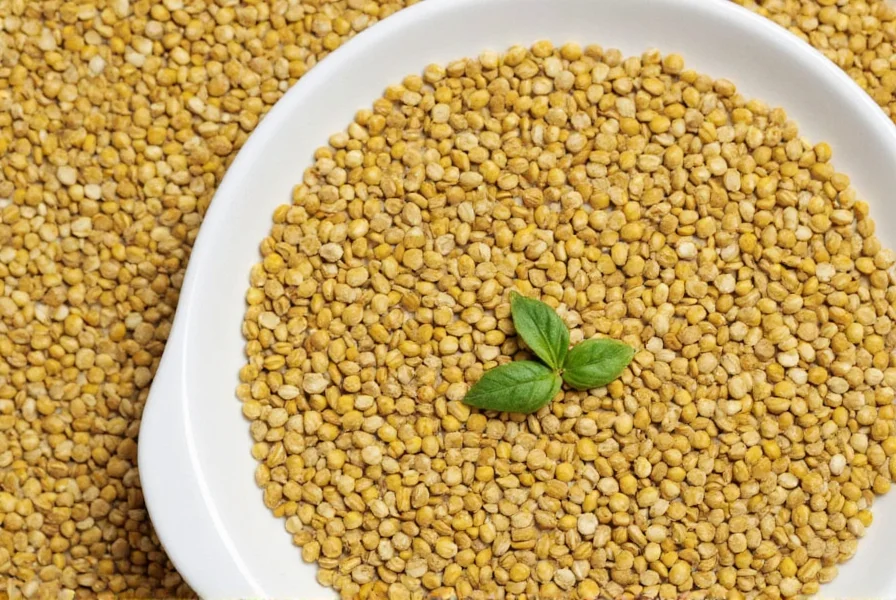
Understanding the Flavor Profile
Black mustard seeds (Brassica juncea) have a distinctive flavor that sets them apart from other mustard varieties. When whole, they have a mild, nutty taste. However, when crushed or heated, they release a potent, pungent aroma with spicy and earthy notes. This transformation makes them a versatile ingredient that can elevate a wide range of dishes.
Key Characteristics:
- Pungency: The sharp, fiery kick that develops when seeds are crushed or heated. This is due to the enzyme myrosinase, which converts glucosinolates into isothiocyanates, creating the characteristic heat.
- Nutty Undertone: Adds depth and complexity to dishes, especially when lightly toasted.
- Earthy Notes: Enhances the overall flavor profile of curries, pickles, and marinades, providing a grounding element.
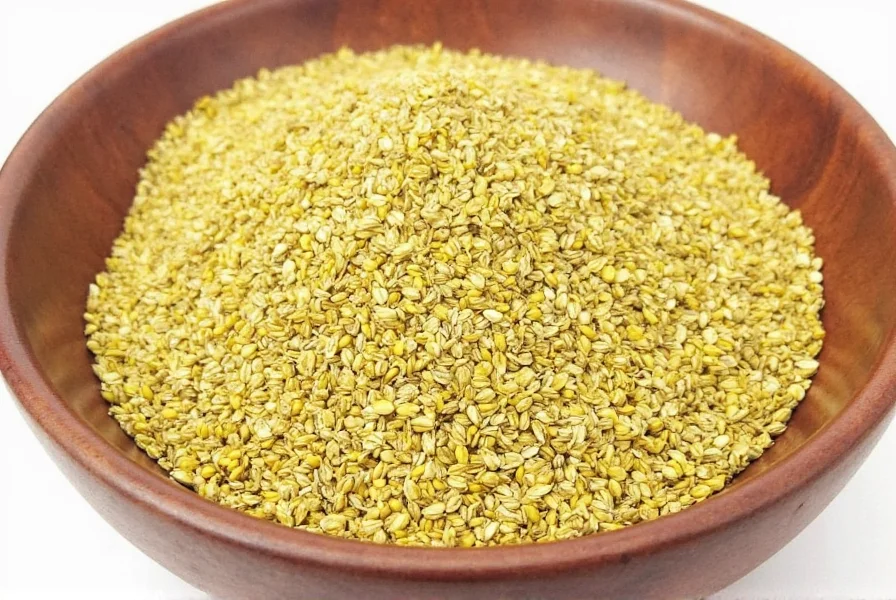
Cooking Uses and Tips
Black mustard seeds are incredibly versatile. They can be used whole, crushed, or ground, depending on the recipe. Here are detailed cooking tips and specific recipe applications:
1. In Curries and Stews:
Tempering mustard seeds in hot oil is a common technique in Indian cuisine. Heat 1-2 teaspoons of seeds in 2 tablespoons of oil until they pop (about 30 seconds). This releases their flavor and aroma. Add to curry bases for dishes like dal, sambar, or vegetable curries. For a complete recipe: Heat oil, add 1 tsp mustard seeds, 1 tsp cumin seeds, and a pinch of asafoetida. When seeds pop, add chopped onions, tomatoes, and spices to create a flavorful base for any curry.
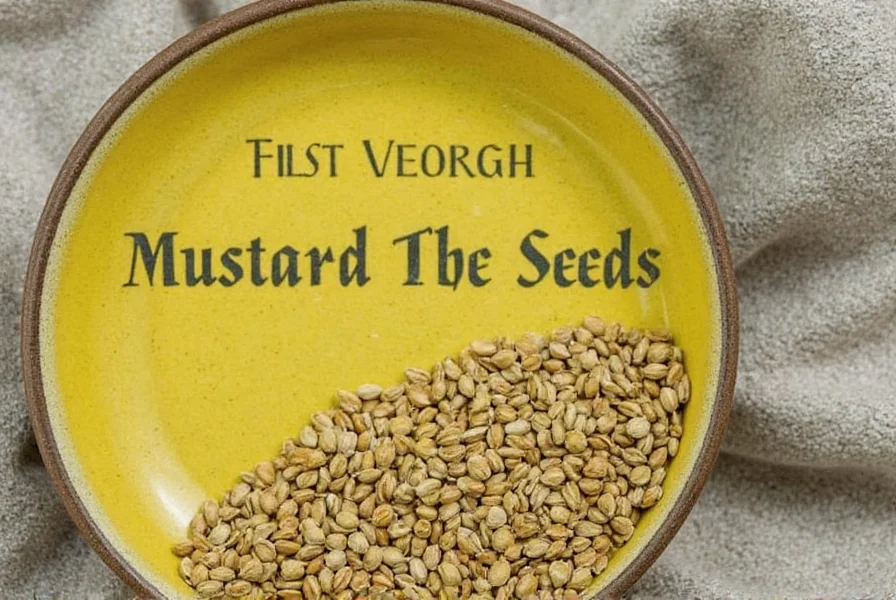
2. As a Toasted Garnish:
Toast the seeds in a dry pan over medium heat until they start to pop (about 1-2 minutes). Sprinkle them over salads, roasted vegetables, or soups for an extra layer of flavor and texture. For best results: Toast 1 tsp mustard seeds with 1 tsp sesame seeds for a nutty crunch on roasted cauliflower or grilled chicken.
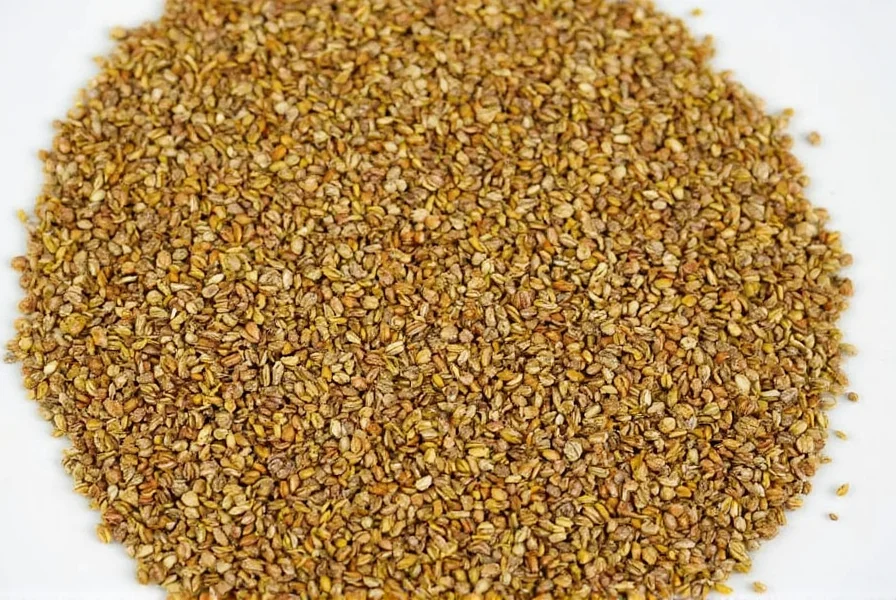
3. In Pickling:
Mustard seeds are commonly used in pickling solutions. Their pungency adds a zesty bite to pickled cucumbers, onions, and even fruits like mangoes. For authentic Indian-style pickles: Combine 2 tbsp mustard seeds with 1 cup vinegar, 1/2 cup water, 1/4 cup sugar, and spices. Simmer for 5 minutes, then pour over sliced vegetables and let cool.
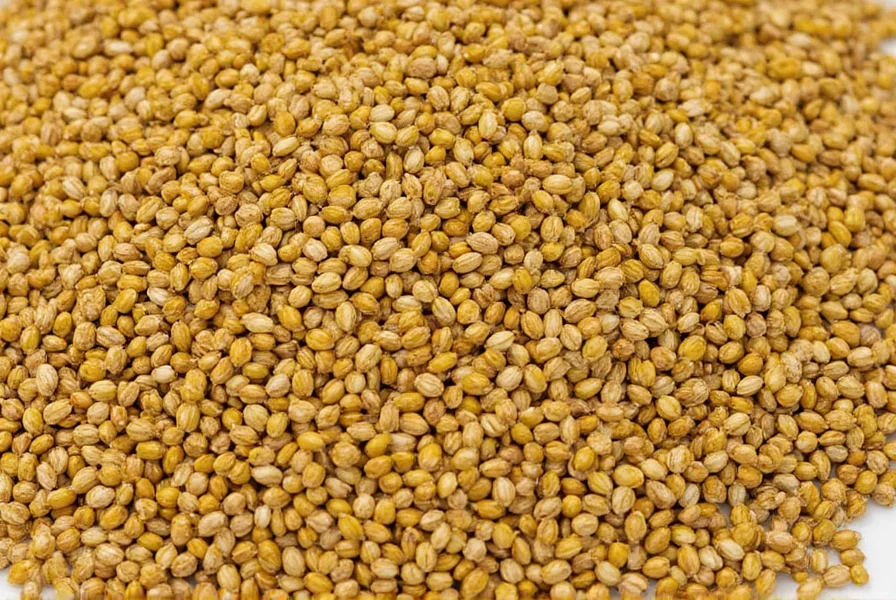
4. In Marinades:
Grind the seeds into a paste and mix with oil, vinegar, or citrus juice. This makes an excellent marinade for meats, tofu, or vegetables. For a flavorful chicken marinade: Grind 1 tbsp mustard seeds with 2 tbsp yogurt, 1 tbsp lemon juice, 1 tsp ginger-garlic paste, and spices. Marinate chicken for at least 2 hours before grilling.

5. In Baking:
While less common, mustard seeds can be used in baked goods like breads, crackers, and even cookies. Their earthy notes pair surprisingly well with savory or sweet flavors. For a unique twist: Add 1 tsp ground mustard seeds to whole wheat bread dough for a subtle spice, or mix with honey and sprinkle on crackers for a sweet-savory snack.
Buying Guide for Black Mustard Seeds
When selecting black mustard seeds, consider these key factors to ensure quality and freshness:
Key Features to Consider:
- Quality: Choose seeds that are uniform in size and color (dark brown to black). Avoid those that are discolored, shriveled, or have a musty smell.
- Origin: Mustard seeds are often imported from India, Pakistan, or China. Look for products labeled with their country of origin for authenticity. Indian-origin seeds typically have the most robust flavor.
- Processing: Decide whether you want whole seeds, crushed, or ground. Whole seeds retain more flavor and are ideal for toasting or tempering. Pre-ground seeds lose potency faster.
- Storage: Store in an airtight container in a cool, dark place. Properly stored, they can last up to 1 year. For maximum freshness, buy in small quantities and use within 6 months.
Recommended Products:
| Product | Features | Use Case | Target Audience | Suitable Occasions |
|---|---|---|---|---|
| Masala Store Black Mustard Seeds | Organic, high-quality, small-batch production | Curries, stews, and marinades | Chefs and home cooks | Weeknight dinners, special occasions |
| Spice Garden Mustard Seed Mix | Blends with other spices for convenience | Quick recipes, sauces, and dressings | Busy professionals, casual cooks | Lunchtime meals, snacks |
| Indian Spice Co. Toasted Mustard Seeds | Pre-toasted for immediate use | Garnishes, salads, and dips | Health-conscious individuals, chefs | Salads, appetizers, side dishes |
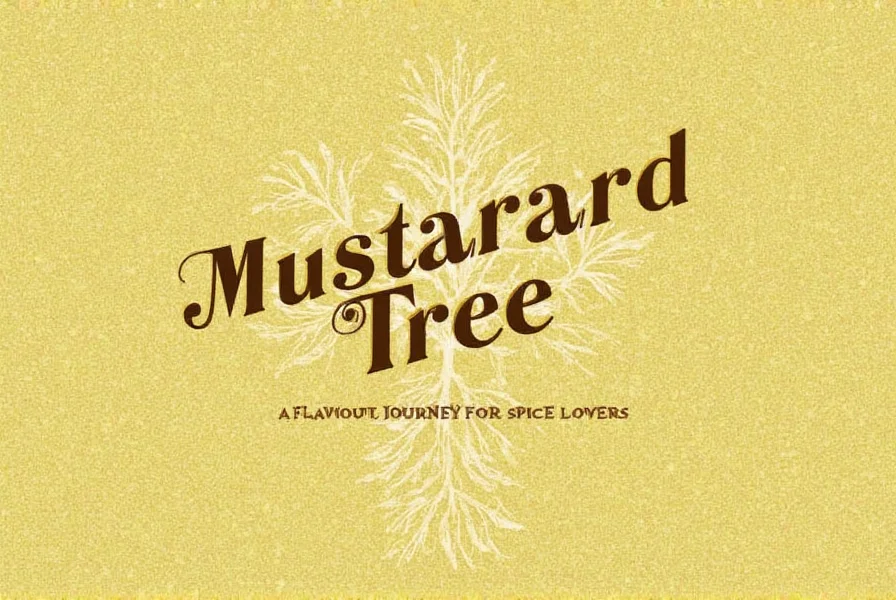
Comparison with Other Mustard Varieties
While black mustard seeds are unique, it's helpful to compare them with other common mustard types to understand their differences:
| Type | Color | Flavor | Best For | Common Use |
|---|---|---|---|---|
| Black Mustard Seeds (Brassica juncea) | Dark brown to black | Pungent, nutty, spicy | Curries, pickles, marinades | Indian, Middle Eastern, Southeast Asian cuisines |
| Yellow Mustard Seeds (Brassica hirta) | Yellow | Mild, tangy | Condiments, hot dogs, sausages | Western cuisines, American-style sandwiches |
| Brown Mustard Seeds (Brassica juncea variety) | Brown | Strong, sharp | Mustard pastes, sauces | European, Mediterranean cuisines |
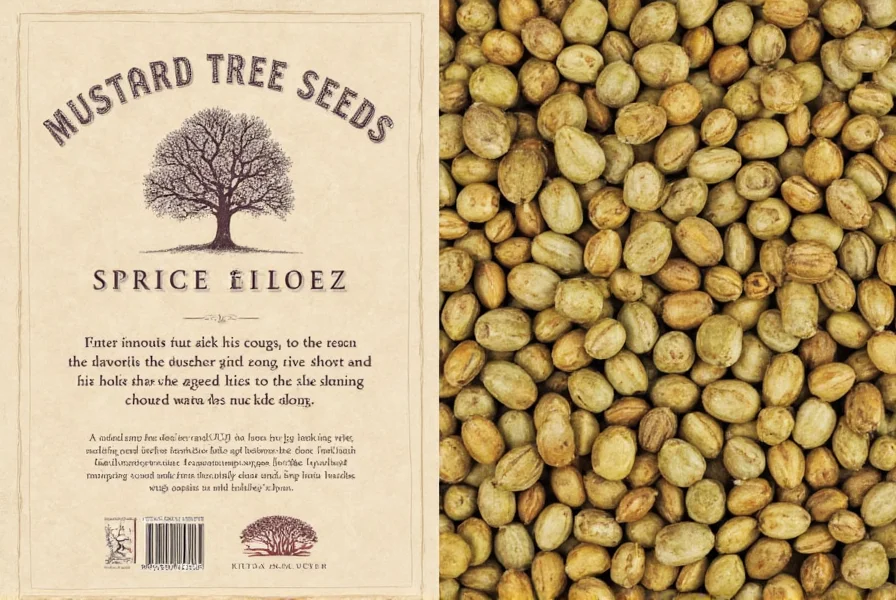
Conclusion
Black mustard seeds (Brassica juncea) are a culinary powerhouse that brings depth and character to dishes worldwide. Despite the common misnomer "mustard tree seeds," they come from a herbaceous plant, not a tree. With their pungent flavor profile and versatile uses, they can transform simple meals into extraordinary dishes. Remember to choose high-quality seeds, store them properly, and experiment with different cooking techniques to unlock their full potential. Whether you're making an authentic Indian curry or adding a unique twist to baked goods, these tiny seeds have a big impact on your culinary creations.
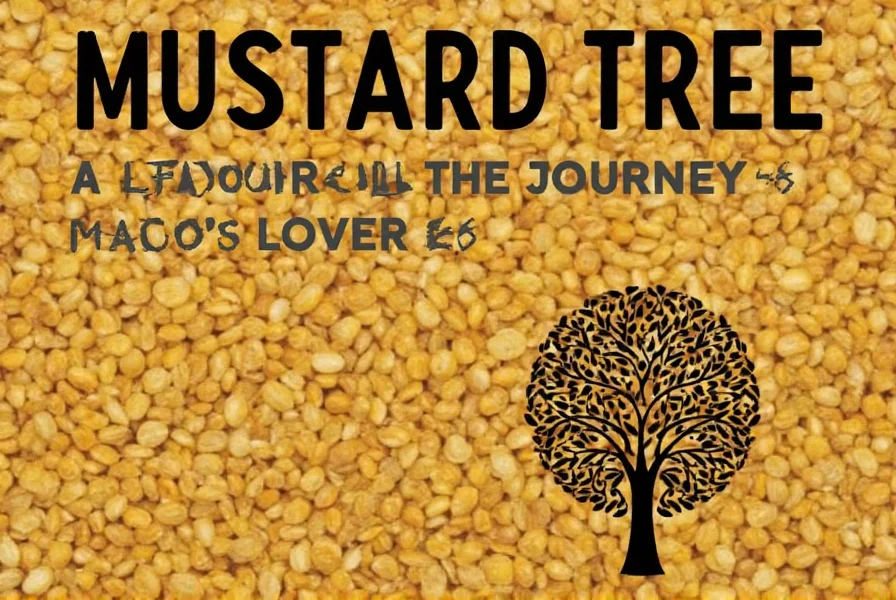

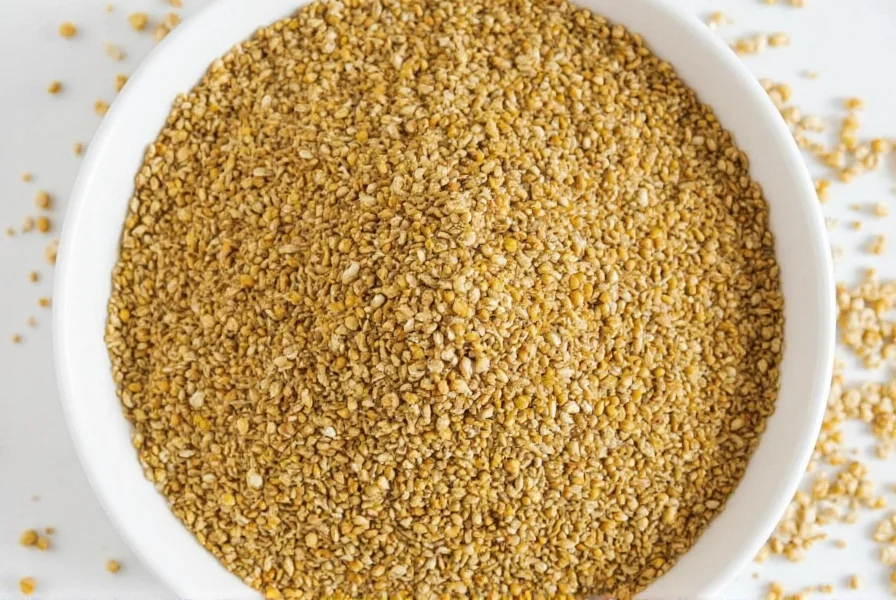









 浙公网安备
33010002000092号
浙公网安备
33010002000092号 浙B2-20120091-4
浙B2-20120091-4